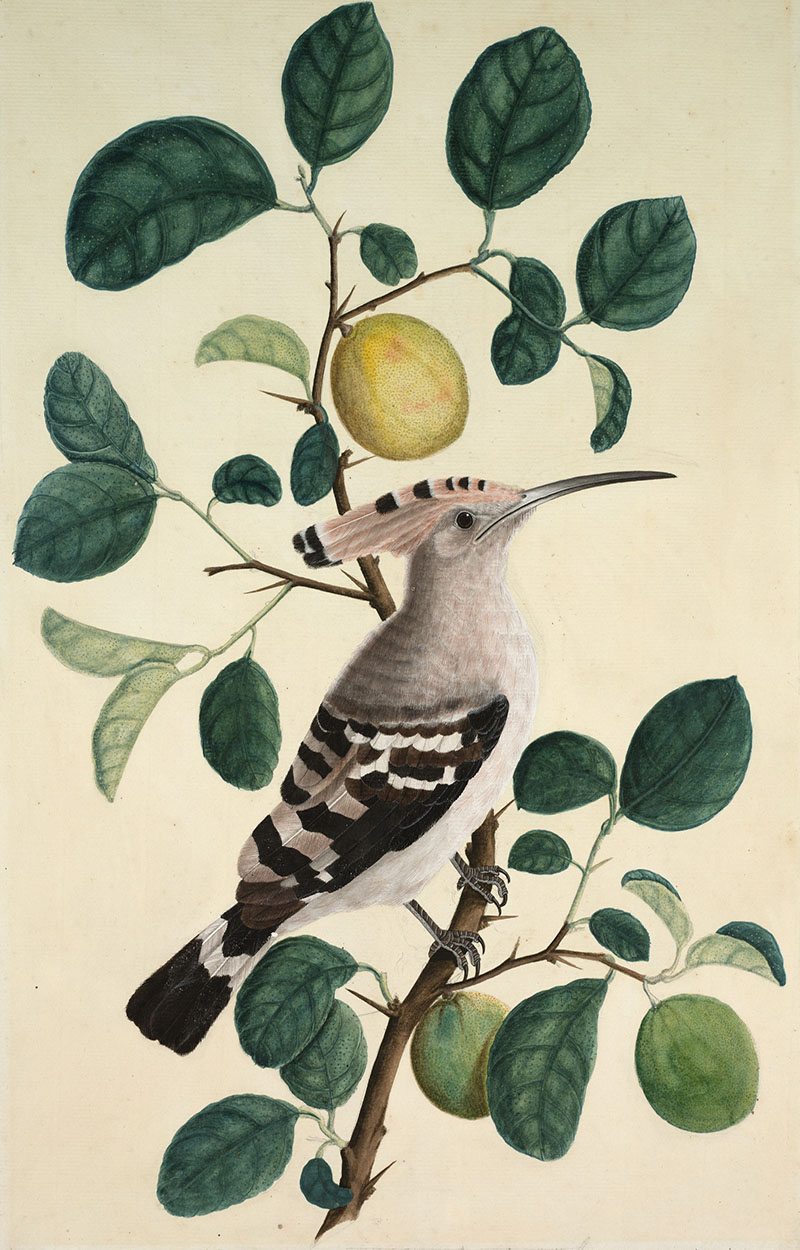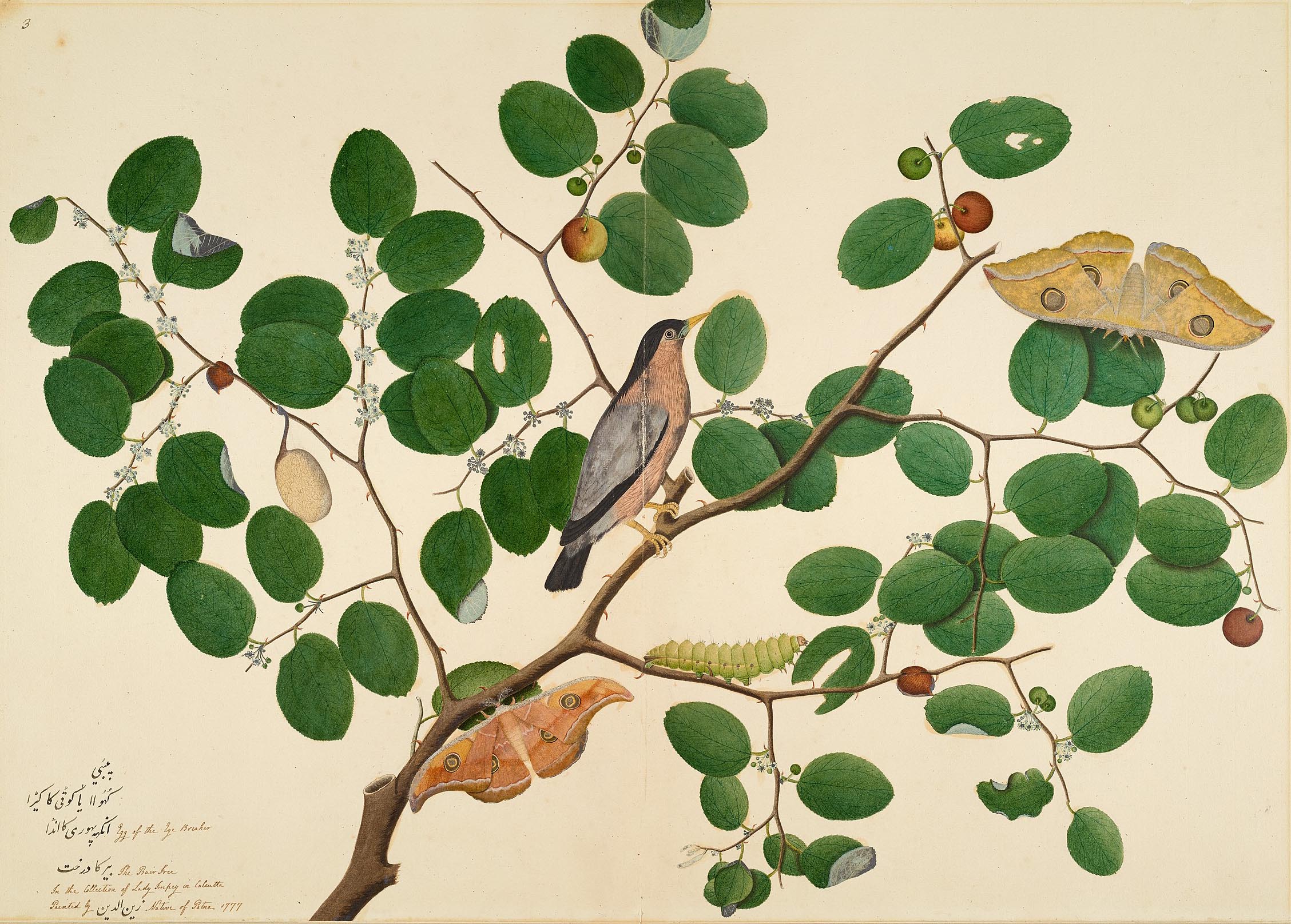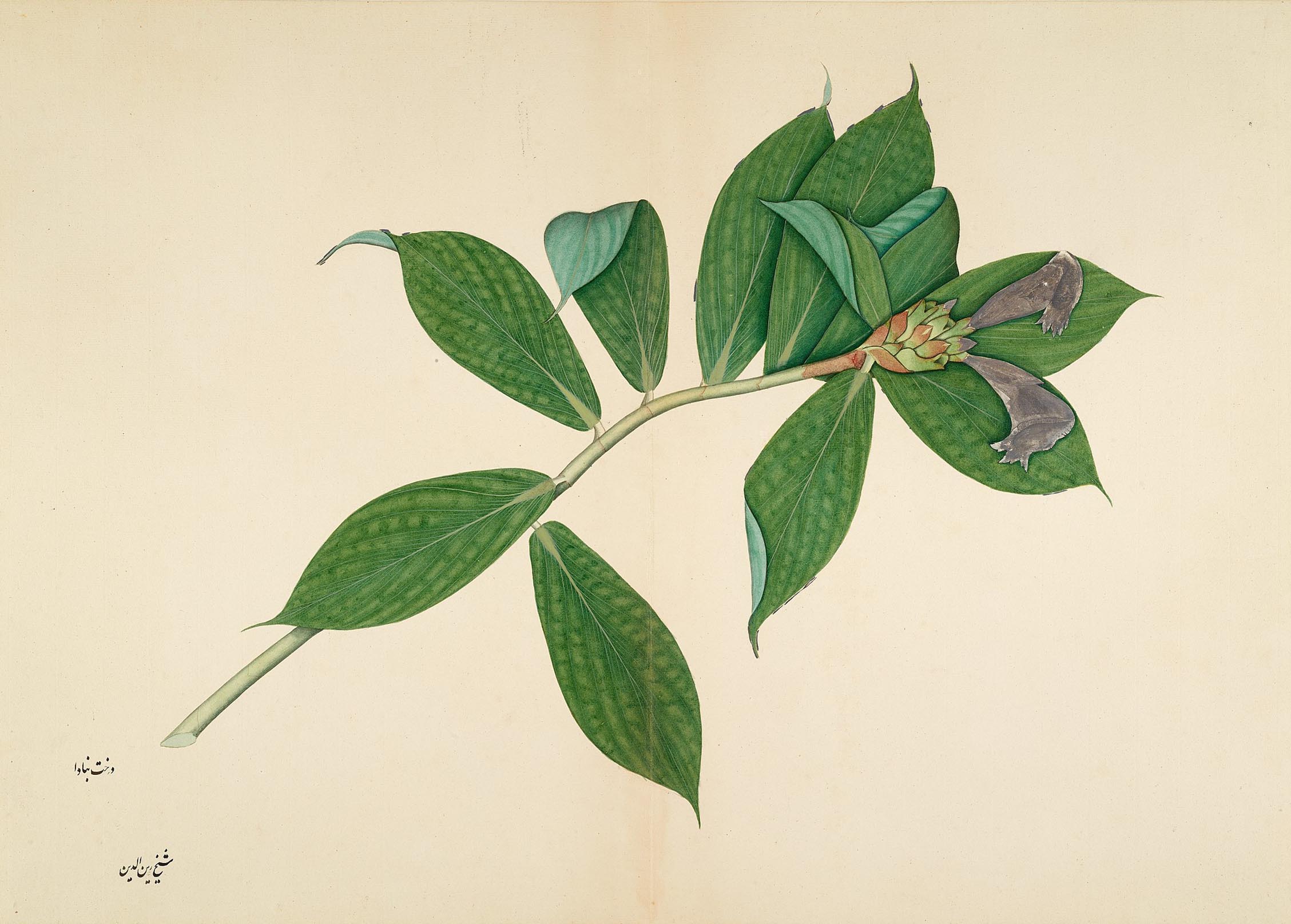ARTICLE
Company Painting
Sustained by the East India Company and its officials, such as William Fraser and James Skinner, the Company School had several centres across the subcontinent, with the work influenced by the local subject matter and pre-existing styles. Commonly commissioned subjects included depictions of flora and fauna, personal collections of animals, estates, monumental architecture, banquets and parties, servants, carriages and horses. Beyond commissions, the artists also began producing standard sets of paintings. Instead of the traditional gouache, the paintings were characteristically made in watercolour and and introduced visual depth through devices such as linear perspective and tonal variation through shading. They were rendered on paper, occasionally on ivory, and bound as folios in albums. Even as it spread over the subcontinent, the Company Painting style remained concentrated in centres of British influence such as Delhi, Lucknow, Varanasi, Kolkata, Murshidabad, Patna, Thanjavur and Tiruchirapalli. It lasted through the nineteenth century, also spreading to colonial centres in Myanmar, Nepal and Sri Lanka, until being replaced by the medium of photography.
A large number of Company paintings were entrusted to the East India Company’s Museum as gifts from Company officials. After its closure, the collection was transferred to the Victoria and Albert Museum, London, which, along with the British Library, contains the largest body of Company paintings.
Bibliography
Our website is currently undergoing maintenance and re-design, due to which we have had to take down some of our bibliographies. While these will be re-published shortly, you can request references for specific articles by writing to hellomapacademy@map-india.org.









